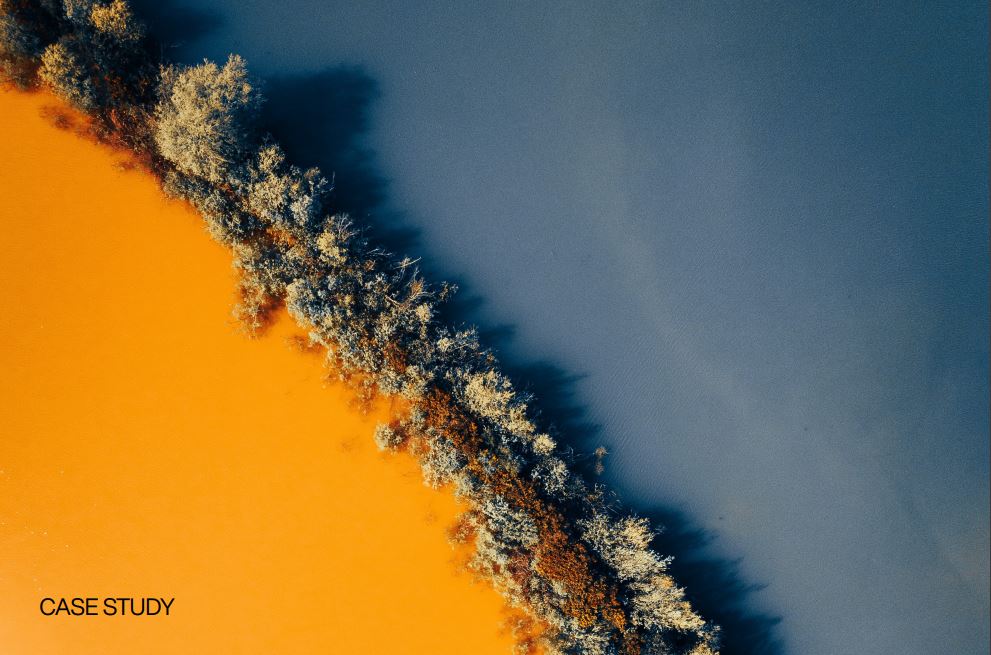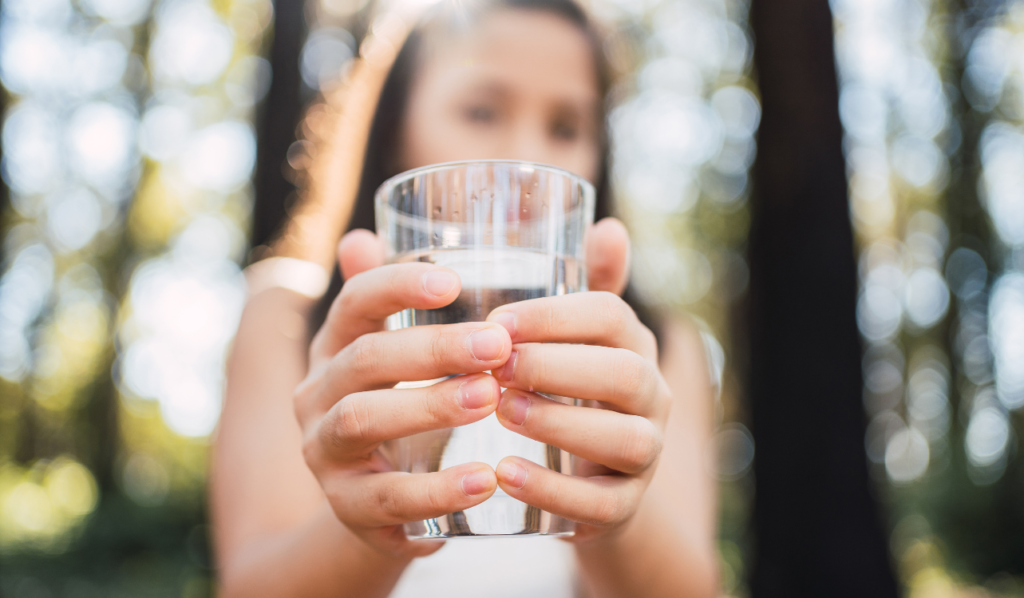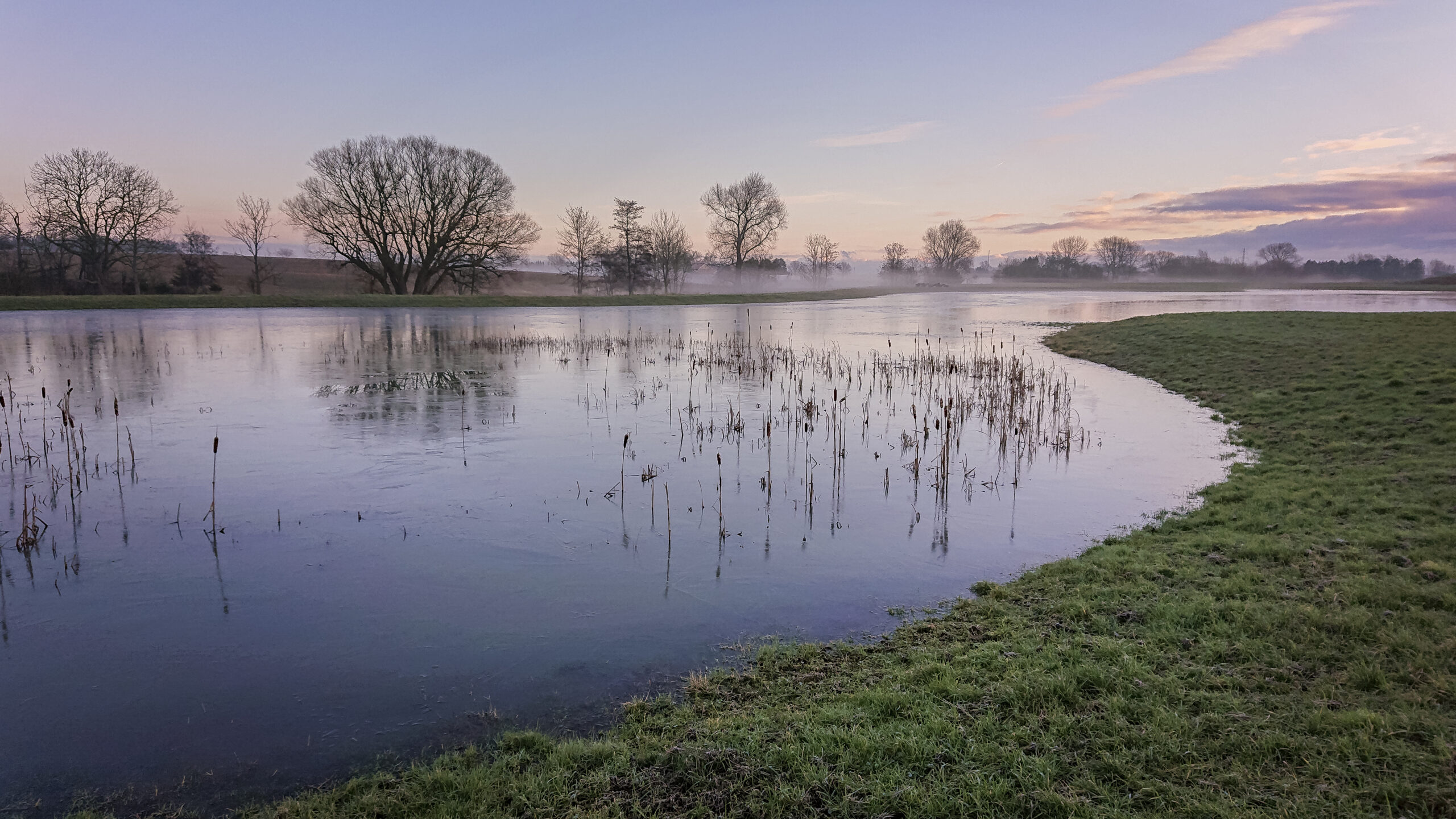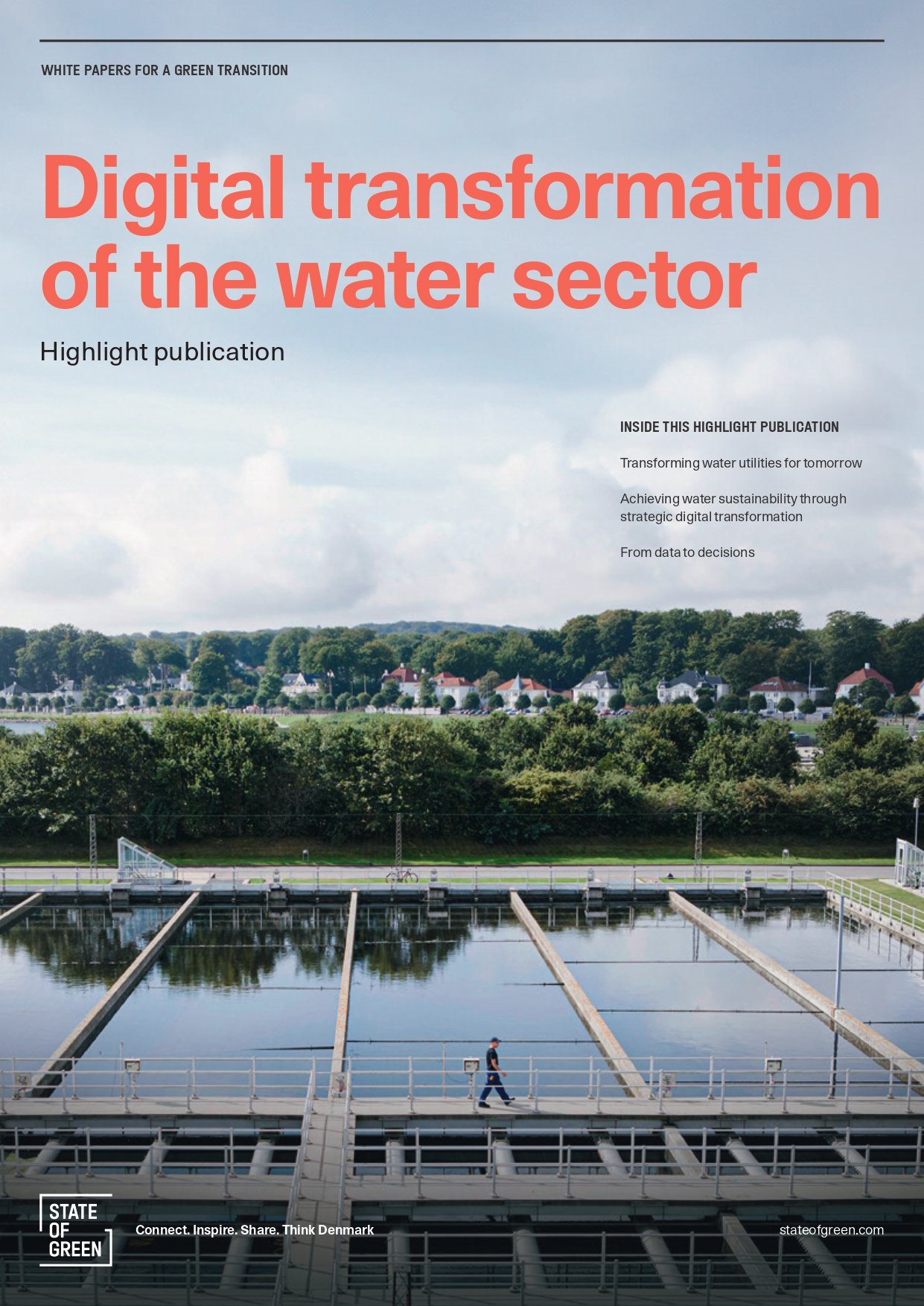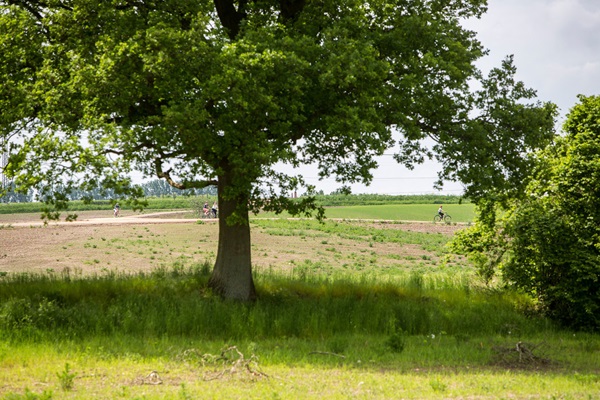News
Urban water management
Wastewater management
Water resource management
+1
New Publication from DANVA: Water in Figures 2016

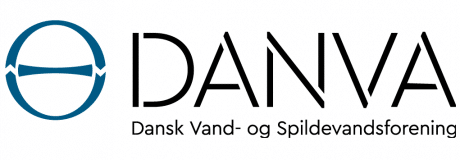
The new publication sets focus on tendencies and figures from 2016 in areas such as; drinking water, wasterwater and non-revenue water. According to DANVA, the Danish water sector is undergoing a rapid change. This affects society as a whole, according to a new analysis from DAMVAD Analytics commissioned by DANVA. Among other facts, it illustrates that while there are 2,300 employees of water companies, there are more than 25,000 jobs in Denmark dependent on the water sector. The industry contributes a combined sum of EUR 3.7 billion to the country's GDP.
- Related News: U.S Decision-Makers from the Water Sector Inspired by Danish Solutions
Furthermore, the export of Danish water technologies has been growing. In 2009, the export of water technologies was EUR 1.65 billion, rising to EUR 2.26 billion in 2015. This is an increase of 36.5%, or the equivalent of an average annual growth in export of 5.2%. This is significantly greater than the average growth of total exports, around 2.5% annually.
Key Figures from the Publication:
Drinking Water in Households
The average price of water in Denmark in 2015 was EUR 8.54 per m³ based on an average family size of 2.15 people with an average level of water consumption at 106 litre per person per day. Thus, Danish households pay on average less than EUR 715 per annum for water. This yields a price of EUR 0.009 per litre of water.
Households account for 64% of total water volume sold. And almost all water carried reaches consumers. Less than 8% is lost during transport, which is world class.
- Related News: Raising the Bar for Danish Tap Water
A family's bill for clean water and drainage and wastewater treatment accounts for about 1.4% of the their annual consumption, which is less than the cost of other expenses like heat, electricity and insurance.
The total water consumption including water loss in 2015 by households, vacation homes, businesses, and institutions was on average 63.13 per m³ per person per annum. This is a decrease of about 3% compared to 2014, but back to similar levels seen in 2013.
Reducing Water Loss
The Danish drinking water companies are recognised for having very low water losses in the distribution system. In Denmark, new policies were introduced at the end of the 90s regarding the setup of water meters for every consumer along with a penalty for the utilities with water loss amounting to more than 10% measured between water pumped and water sold. These policies have had a great impact toward making the Danish water sector the current “world champ” in minimising water loss.
Water companies have succeeded in reducing water loss 5 years in a row from 9.48% to just 7.82% lost in 2015. This has attracted international attention, helping expand export markets for Danish companies.
For the 52 water companies that have participated in DANVA Benchmarking in the past 5 years, they illustrate a steady reduction in water losses since 2011 from 9.48% to 7.82%.
Wasterwater Treatment
There are almost 900 wastewater treatment plants in Denmark, discharging around 700 million m³ of purified wastewater each year. The sewage effluents these plants receive contain nutrients like phosphorus, nitrogen and organic material (BI5) that will contaminate Denmark’s water bodies if they’re not adequately filtered out. That’s why the state has introduced a tax on each kilogram of discharged nutrients to encourage companies to sanitise wastewater more effectively than stipulated for each treatment plant under discharge requirements.
- Related News: 10 Examples that Unlock the Potential of Wastewater
In Denmark a fee is paid to the state for the discharge of various substances into the aquatic environment.
Above is what water companies pay for the discharge of organic matter (BI5), nitrogen and phosphorus. The tax is imposed on the contaminants in order to minimize emissions of these as they lead to algae growth and oxygen depletion in rivers and lakes.
Overall, EUR 11.4 million in sewage taxes for discharges of phosphorus, nitrogen and organic matter was paid in 2014.
- Related News: Re-Establishing Wetlands to Remove 1,000 Tonnes of Nitrogen
Generally, treatment of sewage is done very well in Denmark. Better than regulators require of the wastewater companies. However, it could be interesting to study this area in greater detail in order to quantify the potential for savings in operating costs compared to the cost of taxes.

